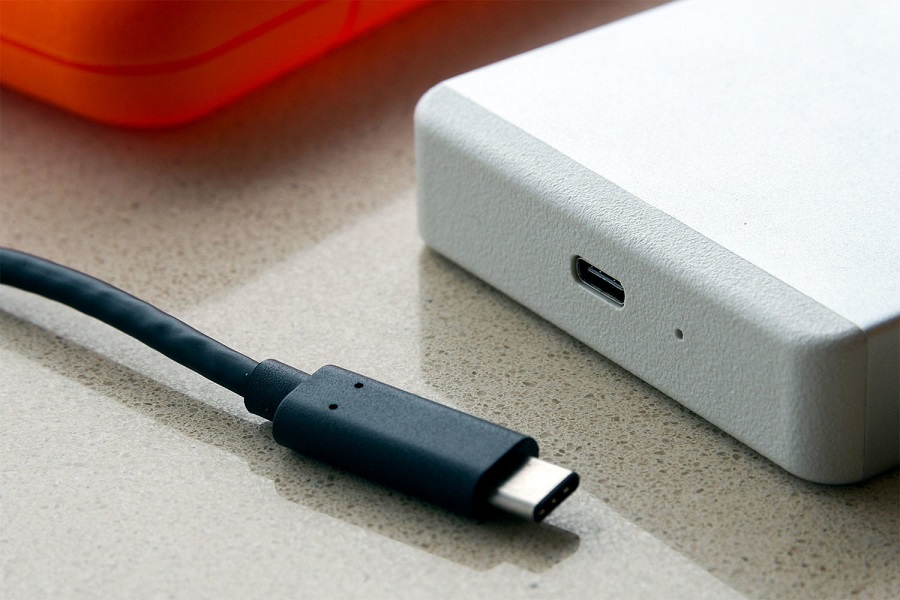The new generation of USB is about to be launched, promising a host of features that include faster transfer speeds, backwards compatibility and power delivery. Based on Intel’s Thunderbolt protocol, the USB 4.0 standard (or USB4 as it’s officially spelt) specification will be released later this year and likely appear in devices late 2020 or early 2021.
So, how does USB 4.0 compare to its predecessors?
Speed
As explained on USBMakers.com, “The need for greater speed and capacity is more important than ever…” By using two-lane USB Type-C cables, the new USB 4.0 will reportedly be able to push transfer speeds of up to 40 Gbps. While this is the same speed as Thunderbolt 3, it’s twice the speed of USB 3.2, which was launched in 2017.
Compatibility
The USB 4.0 will be backwards compatible with USB 2, USB 3 and Thunderbolt 3 devices and ports. It’s worth noting that you’ll only get the speed and capabilities of the weakest part of your connection, so a USB 2 port won’t suddenly get faster just because you connect it to a brand-new USB 4.0 backup drive. Existing USB cables and adapters will also work with USB 4.0, but they too will only operate at their maximum rated speeds.
Sharing Bandwidth
A big feature of the USB 4.0 spec is that it will have multiple data and display protocols to efficiently share the total available bandwidth. It will have the ability to dynamically adjust the amount of resources that are available when both a video and data are being sent over the same connection. The current USB 3.2 model doesn’t provide a good way to split up resources.
In other words, let’s say you have a USB 4.0 operating at 40 Gbps and you’re outputting a video to a monitor while copying files. If the video feed needs 15 Gbps, the USB 4.0 would then allocate the remaining 25 Gbps to the file transfer.
Power Delivery
Every USB 4.0 device and host will comply with USB Power Delivery (USB PD), which allows for higher wattages and better power management. While some current-day USB Type-C devices support the USB PD standard for carrying electricity to high-powered devices, not all of them do, so this is a key feature of the USB 4.0 spec.
Who will Benefit from USB 4.0?
While many people out there may be excited by the launch of USB 4.0, filmmakers and video professionals may be the most excited. With the ever changing and advancing technology, file transfer, storage and read/write speeds have been a huge part of the digital filmmaking workflow. So, with features such as the faster two-lane transfer speeds, backward compatibility and ability to efficiently share the available bandwidth, the USB 4.0 could set the new standard for digital filmmaking.
There’s still much to learn about the USB 4.0, and when the spec is released later this year it will provide more of an idea about what this new standard is truly capable of.







